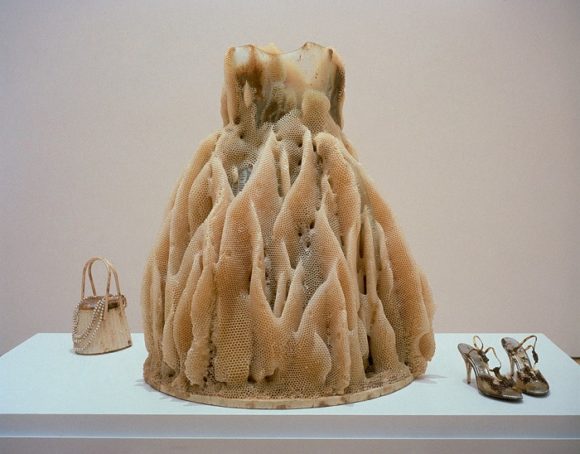Dolly, her murdered husband, and her lover: the “garret ghost”
“The story of how the three were intertwined is worthy of the era’s most lurid pulp novels.”
Indeed!
The Married Woman Who Kept Her Lover in the Attic
Dolly Oesterreich, her “Bat Man,” and one of the strangest sex scandals ever.
by Addison Nugent
“In April 1930, the Los Angeles Times began publishing what would end up being months’ worth of eye-popping details from an exceedingly strange court case. It involved a “comely” woman named Dolly, her murdered husband, and her lover, a man known as the “garret ghost” who, at Dolly’s behest, lived a “bat-like life in hidden rooms.”
The story of how the three were intertwined is worthy of the era’s most lurid pulp novels.
Born in 1880, Walburga “Dolly” Korschel was a German immigrant who grew up on a poor Midwestern farm. In her early 20s she married Fred Oesterreich, the wealthy owner of a successful apron factory. The couple settled in Milwaukee but marital bliss was elusive—Fred drank too much and Dolly was sexually unsatisfied. “Her eyes and her appetites would bring a long line of men into her life—and send one to his death,” wrote the LA Times.
One uncharacteristically hot autumn day in 1913, Dolly asked Fred to send one of the factory’s repairmen to the house to fix her sewing machine. When 17-year-old Otto Sanhuber knocked on the Oesterreichs’ ornate double entry door, Dolly, then 33, answered wearing stockings, a silk robe, and nothing else. In the master bedroom the dusty old Singer machine remained untouched; the same could not be said for Mrs. Oesterreich. Their tryst that day marked the beginning of a multi-decade sexual relationship…”
For the rest, click here.
Share


